| Dec 19, 2023
SEO Basics for Manufacturers and Industrial Companies
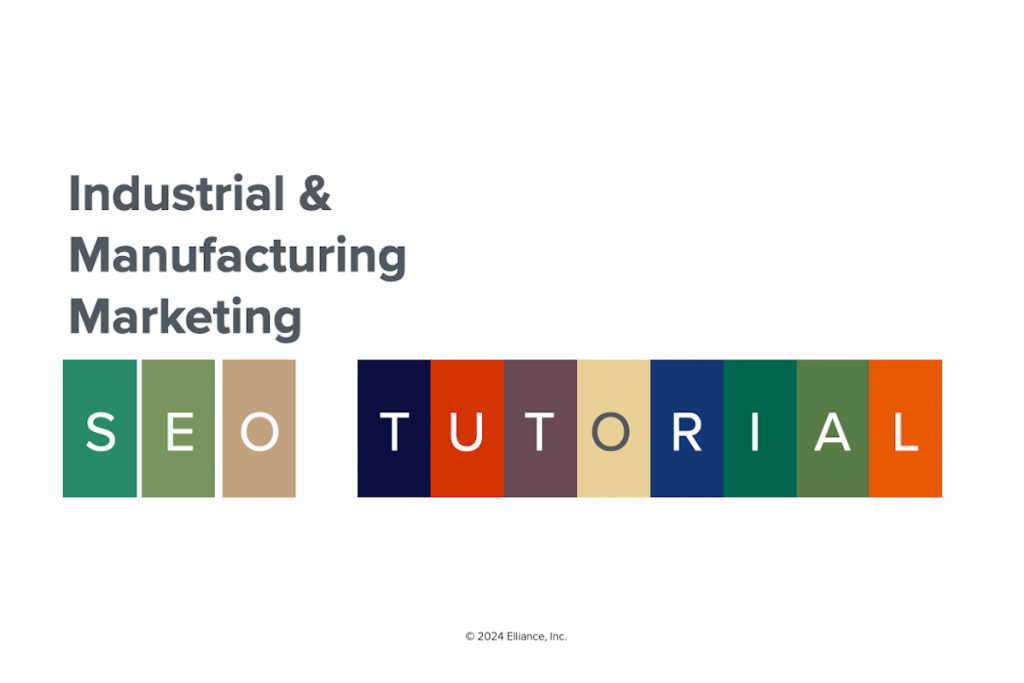
This guide was written to help the manufacturers and industrial companies with modest marketing budgets to leverage SEO to out-smart and out-compete the deep pocketed Goliaths without outspending them. We call them small giants. As one of the leading manufacturing marketing agencies, we learned the SEO strategies and tactics presented here from serving over 150 manufacturers who were small giants in their respective categories.
What is SEO?
SEOor “search engine optimization” is the process of improving your website to increase its visibility on Google, Bing and other international search engines.
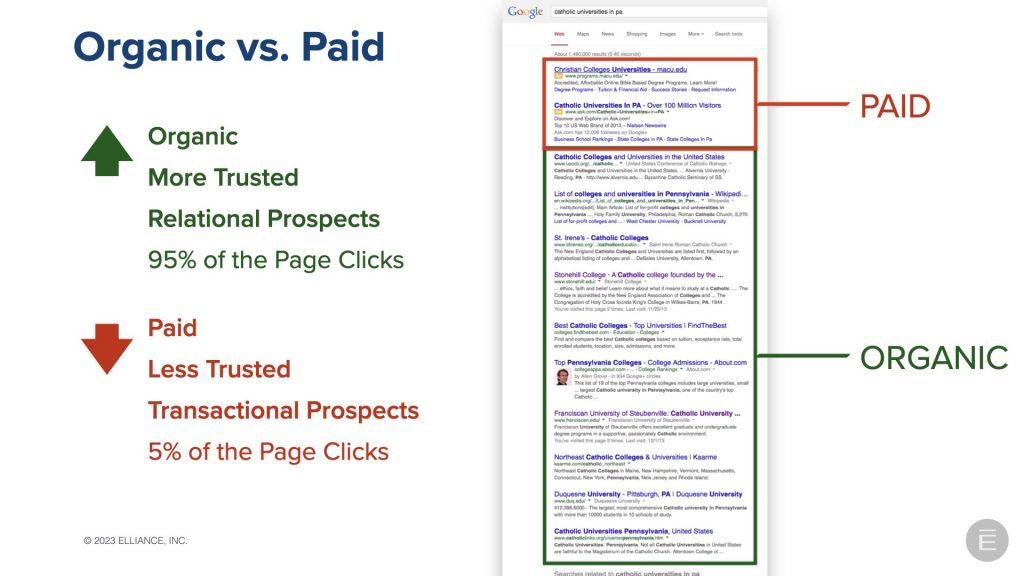
Why Manufacturers and Industrial Companies are Deploying SEO?
Manufacturers that pursue and achieve top organic or natural Google and Bing rankings prosper and thrive. There are many reasons for this. A few are listed below:
- Fortifying brand reputation
- Attracting and retaining talent
- Improving capacity utilization
- Reducing sales cycles
- Retaining, growing and cross-selling to existing customers
- Securing new customers
- Growing strategic buyers while embracing tactical buyers
- Opening new markets without increasing headcount
In short, being found on page one is the best means for finding, getting, keeping and growing customers and talent.
What are SEO Ranking Factors?
SEO is a set of techniques marketers employ to improve your website rankings on Google, Bing, and other international search engines. Five types of factors affect rankings:
- URL factors: Use symbolic and phrase tokens, not numbers. Use international domains for country-specific content.
- On-page factors: Use meta-data and infuse keywords into copy.
- Off-page factors: Secure inbound links from reputable websites to your website.
- Social factors: Foster conversations and content sharing on social media.
- Local factors: Embed location and country signals for your target regions.

What is Inbound Marketing?
Because rankings weaken over time and search engines reward fresh content, marketers must create a continuous stream of high quality, trusted and relevant content (such as articles, blog posts, videos, infographics, white papers, thought leadership articles, social posts, quizzes, games, etc.) and ignite it via promotion and conversation-starters to encourage peer-to-peer sharing. Thus the label SEO has evolved into SEO/inbound/content marketing.
Inbound marketing creates a hub of value and trust. As this foundation is established, the cost to build upon it naturally drops. This means a very strong ROI over time for an inbound marketing focused approach.
Metaphorically speaking, an inbound marketing strategy is simply the act of gathering combustible firewood and igniting it.
Know That SEO/Inbound/Content is a Long Game
It takes several months to achieve local and regional rankings, and a year or more to achieve national and international rankings. Manufacturing marketers who have the patience and determination to achieve Google rankings create an enduring, rising tide of rankings and are able to reduce their paid marketing spend as SEO rankings are achieved.

Paid advertising and SEO/Inbound/Content marketing are good alone, better together.
The following strategies have proven to achieve business objectives of manufacturers and industrial companies:
1. Establish a Multi-Year Attack Plan
Implementing effective SEO for industrial companies requires a solid keyword strategy has at least three elements:
- The right mix of keywords focused on revenue, reputation and thought leadership goals.
- The right situational analysis of your competitor keywords and their rankings. Know who’s sleeping, who’s awake, who’s ahead, who’s behind, and who’s the 800 pound gorilla.
- The right time horizon to achieve local, regional, national and international rankings. Develop a plan that goes after the lowest hanging fruit first (local and regional rankings), then harder-to-achieve national rankings, and finally the hardest-to-achieve international and reputation rankings. Slow and steady wins the race.

2. Create a Keyword Lexicon
Industrial companies use third party keyword tools, comb paid advertising data, audit content archives, mine sales history data, and review market research data to develop a Keyword Guide.
When optimizing for highly-competitive terms, strategically clustering related phrases around the main keyword can cause a halo effect in the SERPs. Remember to incorporate keyword clusters. For example, for a pioneering logistics management company that wished to “own” the phrase “logistics” in addition to “logistics software”, we created several hives of keywords using a clustering strategy:

For their software division, claiming rankings for “logistics management software” keywords required the use of long-tail keyword strategy. We’ve discovered that buyers drill down from lower-converting, short, general keywords to longer, 3- or 4-word phrases that are more likely to convert a prospective buyer.

When preparing a keyword guide, ensure you include both long-tail keywords and high-traffic phrases.
Since searcher behavior has evolved from keyword era, to keyword cluster era, to natural language era and has now entered the epoch of voice search, ensure that keyword clusters, frequently asked questions, colloquialisms and “near me” keywords are all represented in your keyword selection.
Finalize the Keyword Guide into the following categories:
- Product Keywords
- Brand Keywords
- Geographic Keywords
- Decisioning Keywords
- Reputation Keywords

Map some of your keywords to unique pages of your website map.
Know that prospects use different clusters of keywords at each phase of the decision funnel. e.g. they’ll use reputation keywords during the awareness phase, category keywords during the consideration phase and branded keywords during the preference/purchase phase and thought-leadership keywords during the purchase decision phase.
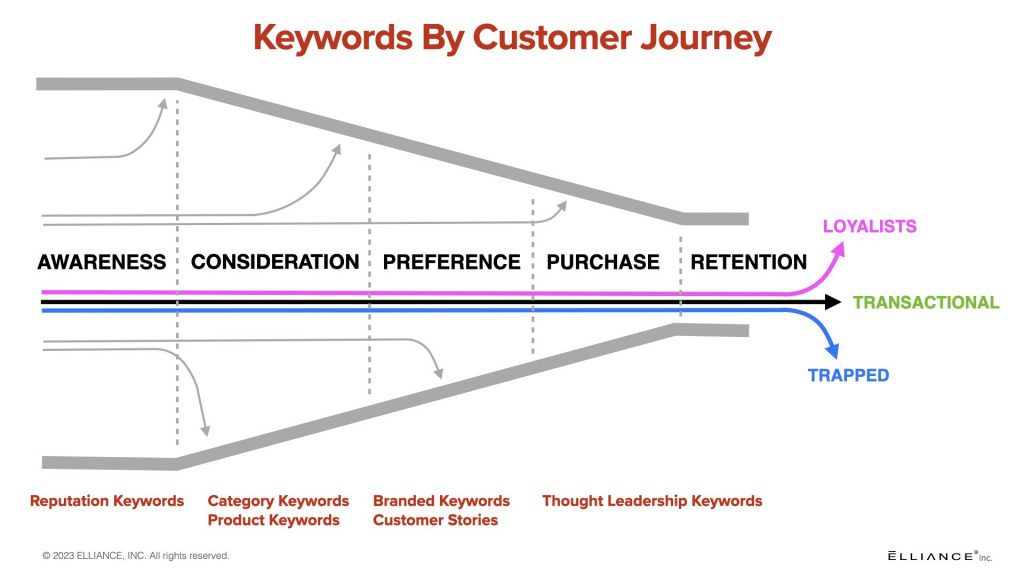
3. Make Your Website Responsive, Secure and Fast
Google, Bing and international search engines reward responsive websites – ones that auto-adjust gracefully on smartphones, tablets or desktops. Google also ranks websites higher that load fast and are running in secure mode.
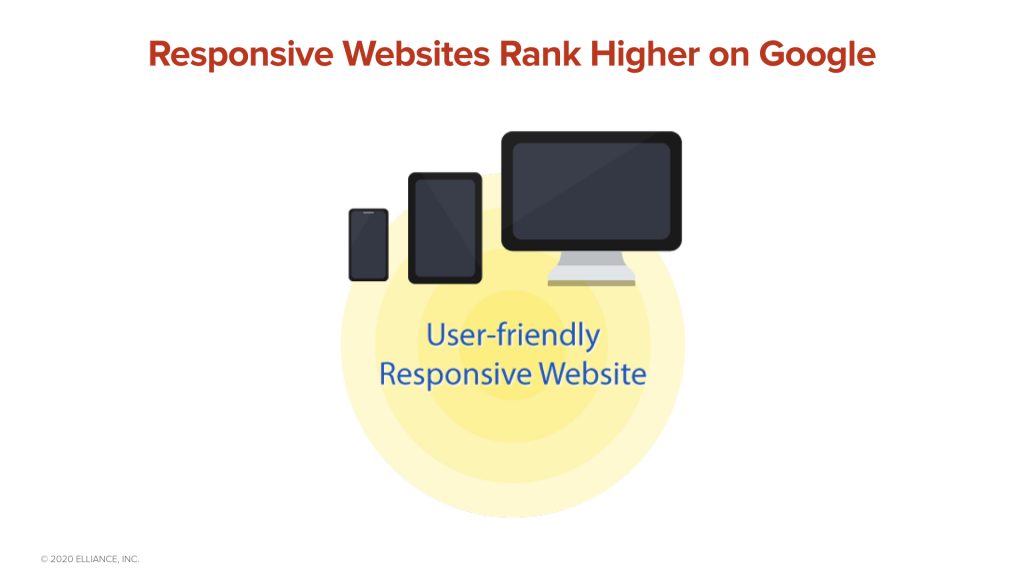
4. Create Content for Countries of Interest
Build language-specific or country-specific microsites to target prospects from specific countries. Build microsites for large countries (e.g. China), and build language-specific websites for country clusters (Latin America).
Apply SEO best practices to the country-specific microsites for country-customized Google and Bing search engines – as well as country-specific search engines such as Baidu for Chinese, Yandex for Russia, etc.
5. Optimize for Locations and Geographies
The geo-targeting search strategy you decide to use will impact your overall SEO campaign. Embedding location signals into your website and content will help rank it in those geographies.

6. Build Quality Site Links
Link Baiting is used to get many quality inbound links pointed to your site. Through great content or some humorous hooks, create a viral marketing effect using this technique.
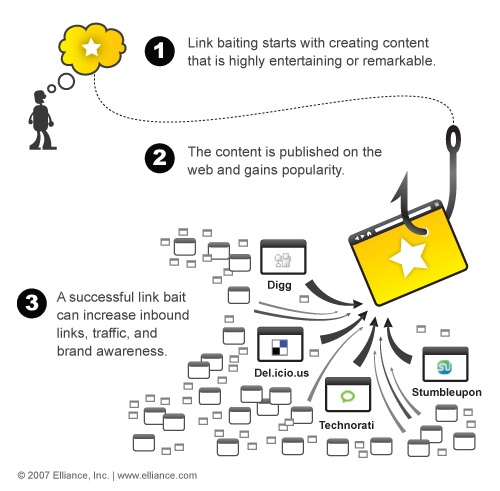
7. Manage Social Signals
Google, Bing and international search engine bots eavesdrop on social conversations to rank their sites. Creating share-worthy content and enabling sharing so it gets passed around is a sure way to improve your search engine rankings.

8. Create Fresh Content to Secure and Sustain Top Rankings for Important Keywords
Since Google, Bing and international search engines reward websites with fresh content, develop a content strategy to create buckets of new content (microsites, blogs, magazines, etc.) for various parts of the sales funnel. Inform all content with the Keyword Lexicon.
Create and publish unique content as follows:
- Understand prospective buyers and buyer behavior
- Interview subject matter experts (SME’s) and industry experts to create thought leadership content and white papers
- Conduct original research with fresh insights to secure your position as an industry leader
- Interview process team members to create educational and how-to content for various use cases
- Interview loyal customers to create customer interviews and case studies
- Create premium content tailored for specific customer segments
- Education content for tactical buyers
- Thought leadership content for strategic buyers
- Story or cause-related content for building brand reputation
- Newsjacking content to tie the brand with current issues
Fresh content may take several forms.

The more competitive a keyword, the more high-fidelity the content (infographics, videos, quizzes, etc.) you’ll have to create to secure and sustain page 1 rankings.

Now you need to develop a plan for international content and future content.
9. Implement On-page and On-site Factors
When it comes to SEO, there are certain elements that need to be in place for all manufacturing websites. Are your 301 redirects in place? Is the robots.txt file authored to allow adequate crawling? Is your XML sitemap ready for search engine crawlers? This infographic depicts a handy checklist that will help get you through any implementation of SEO for manufacturing companies.
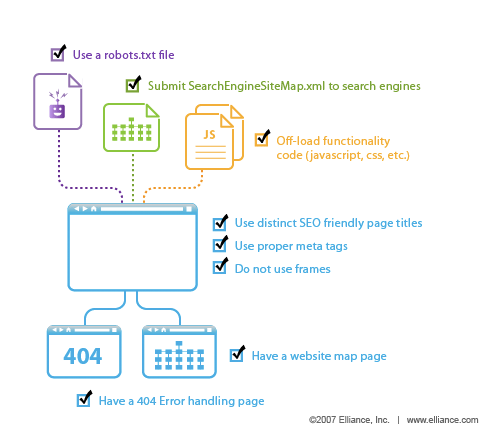
10. Measure Impact of SEO Efforts & ROI
Evaluate snapshots and trends for the following metrics:
- Percentage of traffic from search engines (ought to be 60-70%)
- Percentage of inquiries, visits and applications attributable to organic search (organic out-performs paid by 3X)
- Brand visibility on search engines (should trend upwards)
- Branded vs. non-branded traffic (a healthy ratio is 40/60 but 30/70 is preferable)
To quantify the SEO return-on-investment, connect the dots between SEO efforts and conversions, deploy marketing automation software like HubSpot or Pardot.
In serving over 150 manufacturers and industrial companies, we have not found a more dependable and reliable way to ensure predictable revenue growth than securing Google page one rankings for products and services, thought leadership, and brand ideals. The prospect buyers who convert by “discovering” the manufacturing company on Google are relational, and go on to become brand ambassadors and long-term donors.
If you are an industrial marketer, contact us if you are seeking a high performance SEO agency or a smart manufacturing marketing agency which can help you join the elite group of manufacturers growing their company’s share of mind, voice and market.
